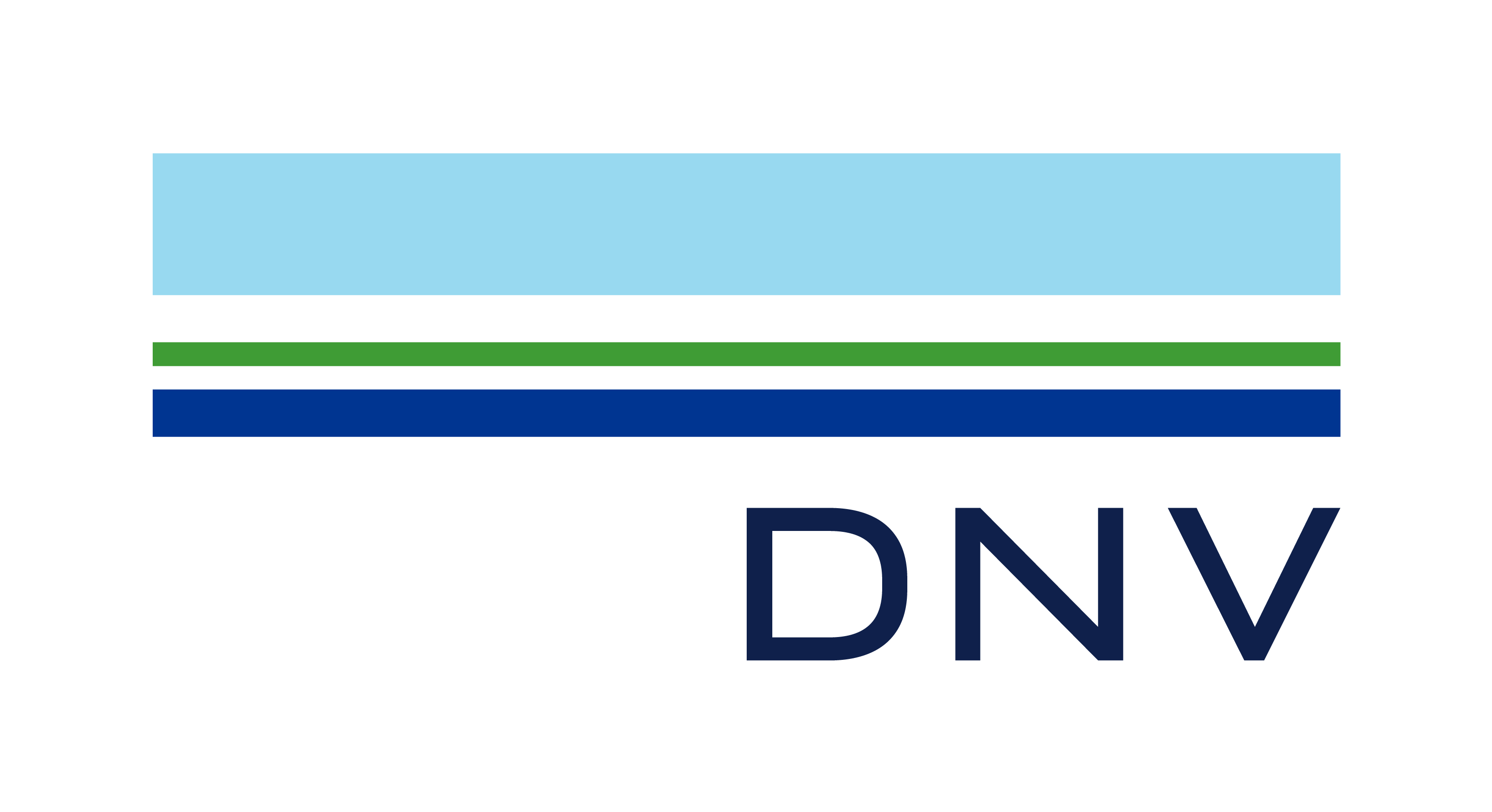- MyISRS
- Features and Benefits
- References and Case Studies
- ISRS Training
- ISRS Book of Knowledge
- ISRS9 Book of Knowledge
- 1. Leadership
- 2. Planning and Administration
- 3. Risk Evaluation
- 4. Human Resources
- 5. Compliance
- 6. Projects
- 7. Competence
- 8. Communication and Promotion
- 9. Risk Control
- 10. Asset Integrity
- 11. Contractors and Suppliers
- 12. Emergency Preparedness
- 13. Learning From Events
- 14. Risk Monitoring
- 15. Results and Review
- History of ISRS
- Log In Help

14. Risk Monitoring
Risk monitoring is essential to provide assurance to managers and other stakeholders that all risks are being effectively controlled. Risk Monitoring builds on Risk Evaluation (Process 3) and Risk Control
(Process 9) to complete the risk management continual improvement loop. Effective monitoring should collect data and compare it against goals to determine if outcomes are being achieved, identify where risk controls are inadequate and initiate the necessary improvement actions. Customer satisfaction and employee perception surveys monitor the perceptions of key stakeholders. Behavioural and task observations are important to help the organisation understand how work is actually being done and to help reinforce desired behaviours in the workforce. An audit and assurance programme is required to test compliance with, and the effectiveness of, management processes.
Risk Monitoring explained by Stuart Greenfield from DNV GL UK


